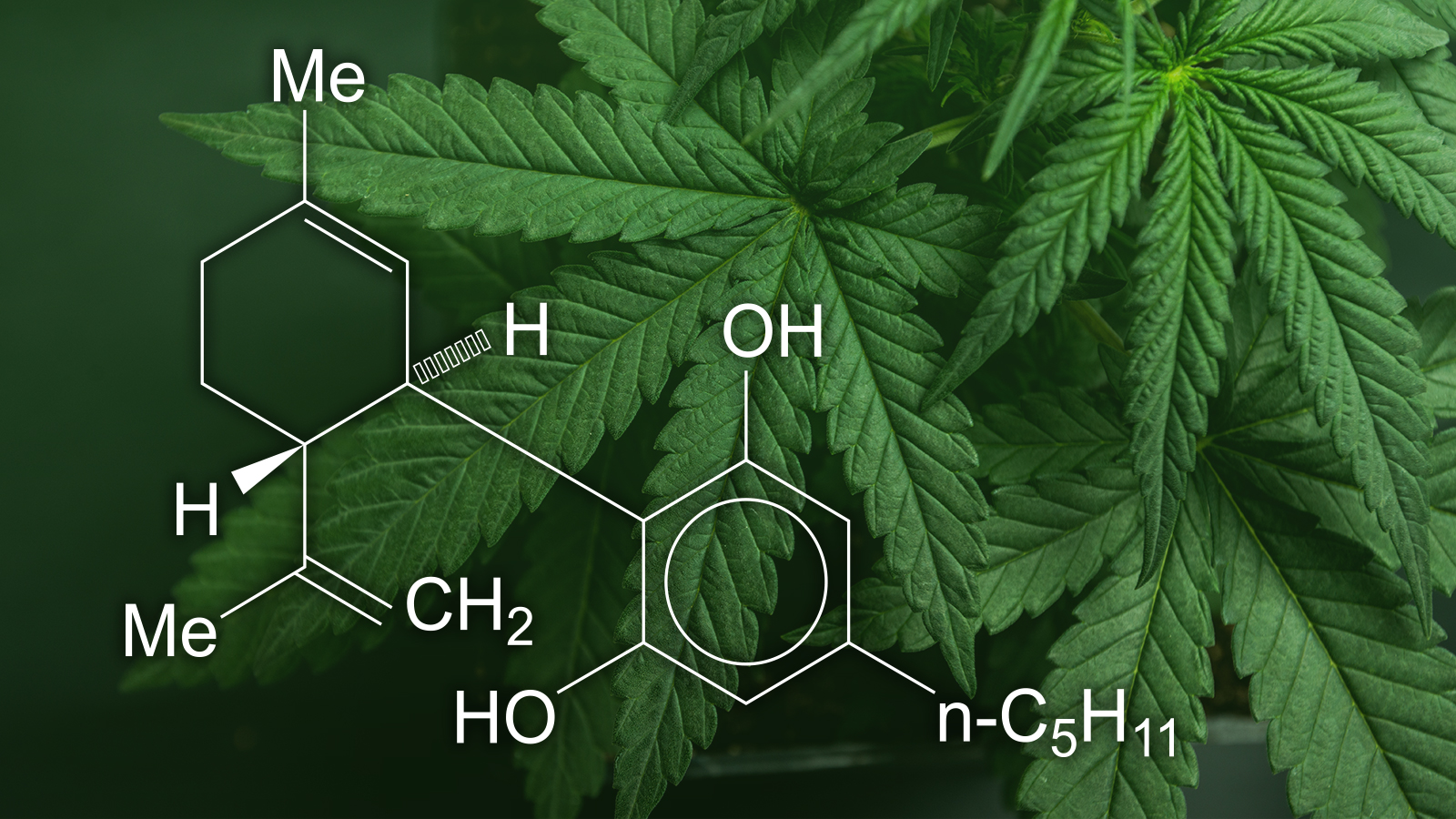About CBD

How fast does CBD work? Minutes. Though this depends on the dose, the disease, delivery method and patient expectations. Most people notice the calming and relaxing effects of CBD within 15 minutes when administered orally under the tongue. If you use CBD for other reasons, the medical effect may take longer
What is CBD "Cannabidiol"?
Cannabidiol, "CBD" for short, is one of the most researched compounds of the 116+ known phytocannabinoids found in the cannabis plant.
What is CBD, though? Unlike THC, CBD does not get you "high". Regardless, CBD is now frequently thought of as the single most significant cannabinoid ever isolated. With more and more study, the number of ways it is used keeps growing, providing an increasing number of options to people seeking better health.
How And Why Do You Use CBD?
The body's absorption of CBD into the blood is often called bioavailability. Enhancing bioavailability means enabling more cannabidiol to be more available for the body to use. Applying CBD in different ways to the body alters its bioavailability. From edible and drinkable CBD products to CBD skincare, finding personalized options will help you create the best outcome.
Most new consumers are interested in what CBD Oil consists of and why they should start using it. Many people use it for general well-being or to get more proactive with a daily health regimen. Everyone's body works differently and there are countless ways CBD can be used to help.
CBD And The Endocannabinoid System
The cannabis plant includes heaps of cannabinoids that bind with Endocannabinoid System (ECS) receptors. Both principal receptors for cannabinoids are known as the CB1 and CB2. These receptors help regulate coordination, mood, pain, and hunger. CB2 receptors are located throughout the entire body and are commonly found in the immune system. They mostly have an effect on pain and inflammation.
CBD has a more regulating influence on the receptors compared to THC. It interacts with CB1, which ends in mild stimulation or obstructing of this receptor. CBD acts as a modulator that could amplify or reduce the receptor’s ability to transmit signals, much like a dimmer switch.
This activity is also considered to activate the body to make more CB receptors, leading to elevated natural levels of anandamide. With more CB receptors, the human body becomes more sensitive to normal endocannabinoids currently within the body.
What Are Terpenes?
Terpenes are hydrocarbons that are generally responsible for the distinct tastes and smells we experience in nature. Originally, plants evolved to express terpenes to avoid getting eaten. Plants also use these compounds to attract pollinators.
Terpenes show up in high amounts in a variety of essential oils. For instance, limonene is present in the essential oil of lemons and limes. Additionally, alpha and beta-pinene are found in the essential oil of pine needles. The terpenoids in these oils produce the smell of lemons and pine forests. In addition, the terpene linalool is the predominant compound found in lavender. These compounds, and thousands more, also show up in the flowers of cannabis.
Why are Terpenes Important?
They communicate with the body's endocannabinoid system to bring therapeutic benefits.
They work synergistically with cannabinoids to bring about homeostasis.
Terpenoids give foods their natural flavor.
We only use only natural terpenes in our hemp extracts because synthetic terpenoids are inferior and we believe in only using the best. Each unique cannabis strain will reveal a different profile of terpenes, each present in different concentrations.
1. Myrcene ranks as most common terpene in cannabis and it offers powerful tranquilizing effects.
2. Limonene shows up in citrus fruits and it can increase a person's energy.
3. Terpinolene features a smokey smell and may ease feelings of stress. Over 15,000 terpenoids have already been identified and plant biologists are always identifying more.
Considering that each offers a treasure trove of health benefits, the possibilities seem endless. Terpenes show incredible promise when used in conjunction with cannabinoids. Discovering which terps are available in a given product can be challenging. Full panel lab tests that show terpene profiles can aid patients in finding what works best for them.
Notice To Legality:WE MAKE NO LEGAL CLAIMS. THIS IS NOT LEGAL ADVICE.
Solar theme designed by epicShops


